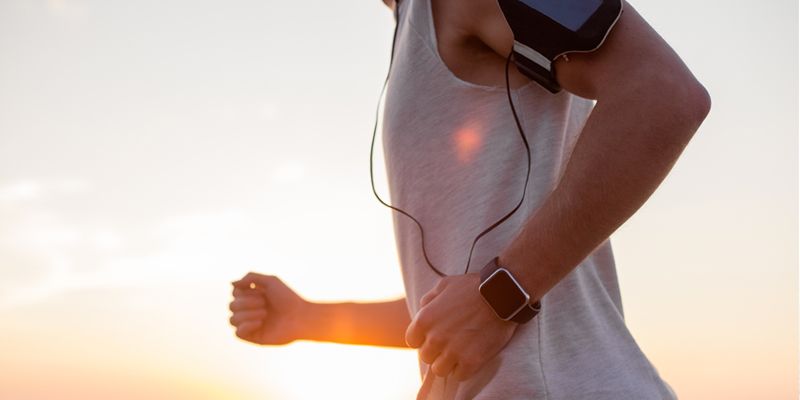
The Philadelphia Marathon is coming up in November. With participants logging their training miles over the next couple months, training quality becomes an important topic, as a way to both improve performance and avoid injury.
What is the “right” way to train? The solution is simple but it’s not just about volume and speed. If you want to perform better at any activity, you need to move better. So if you want to run better, your goal should be to move better and incorporate exercises into your training to help you do so.
In his book Running Rewired, physical therapist Jay Dicharry comments that conversations about better running invariably include a discussion about form. Our bodies are compilations of our life experiences. In other words, our life experiences influence our individual body form, the way we move and our running form.
Our body form or shape is something that we carry with us in all the things that we do. Stand and look at yourself in the mirror. You are like a clay figure shaped by all of your habits, exercise, hobbies and postural tendencies. That form doesn’t just magically change when you start to run.
Most of us living in the U.S. were not born in a remote part of the world where we run and live barefoot working in fields for hours of the day. Instead we sleep in beds, wear shoes, work in offices, sit in chairs and we do these things for many hours at a time.
While we marvel at the form of runners from other regions of the world, we attribute their posture, stride and form to attributes that they were “born” with. In reality, their lifestyle adapted their movement in such a way making it conducive to running and running efficiently. .
Conversely, it should be no surprise that our modern movements which are products of modern convenience, don’t produce the same results when we combine them with lots of running and miles.
The solution is simple just not easy. Better training should prioritize moving better. Malcolm Gladwell in the book Outliers mentions that it takes 10,000 hours to become an expert at something. When it comes to running, practicing the same thing over and over again just further engrains the same movement patterns in all of us. Adding volume to imperfect movement just means that you get better at moving sub-optimially. Dicharry advocates that to run better, appreciate that running is a skill and that skilled movement requires practice.
Physical Therapy can help you develop a plan to move better and incorporate this into your training based on your specific needs. While each of us is unique and is, as we just said, a compilation of our own individual life experiences, there are still some general things that many of us in the world of modern convenience can do to improve our movement.
Here are a few general recommendations that might help be worth addressing:
Stretch your hip flexors. Think about how much time that you spend sitting. Consider a standing desk for part of your day just to balance out the time that you spend flexed at the hip.
Try a lunge stretch. This stretch should be painfree in your back. Be sure to keep your spine in a neutral position to avoid straining your back during the stretch especially if your hip flexors are tight.
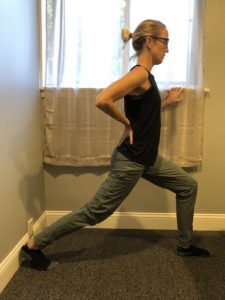
This time think about how deeply you flex your hips. Now you might ask the question, “I thought that you said we send too much time with our hips flexed in sitting?” Well we don’t usually get into positions of deep hip flexion when we sit.
Movements like squatting require us to do this. Can you get into a squat position? How often do you even get into a squat position? For many Westerners, it’s difficult to keep our heels on the floor when we squat because our tissues in the body are not used to moving this way.
Try doing a wall squat stretch instead of an upright squat so you don’t put too much stress on your knees because your hips are tight. The better we move our hips in general, the better hip strength and drive we will get from them in our runs.
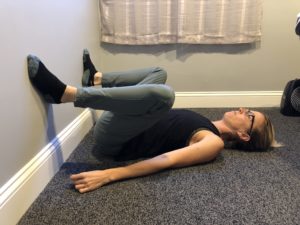
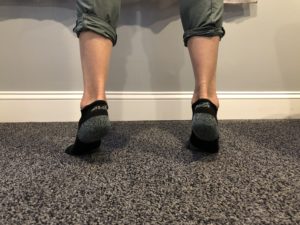
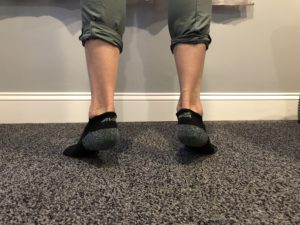
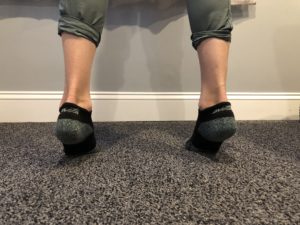
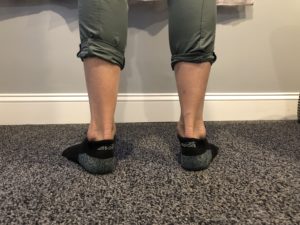
These are just a few simple and general ways to improve movement and improve your run. Getting an individual assessment can help you determine the specifics that pertain to improving your own running form.
Remember the solution is simple, not easy. A comprehensive program that addresses movement should include about 30-40 minutes of training to address your personal mobility and stability needs about 2x/each week. There is more to it than just stretching doing a few extra exercises. Movement training includes a combination of both strengthening and mobility. It’s training that affords you time learn how to move differently.
If you’d like to discuss your running form with one of our therapists, click here to schedule a complementary phone consultation.
In-Person and Online Consultations


